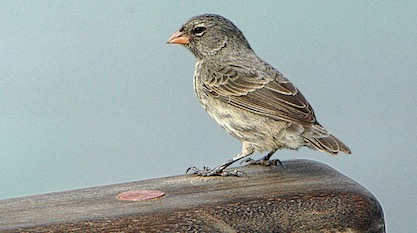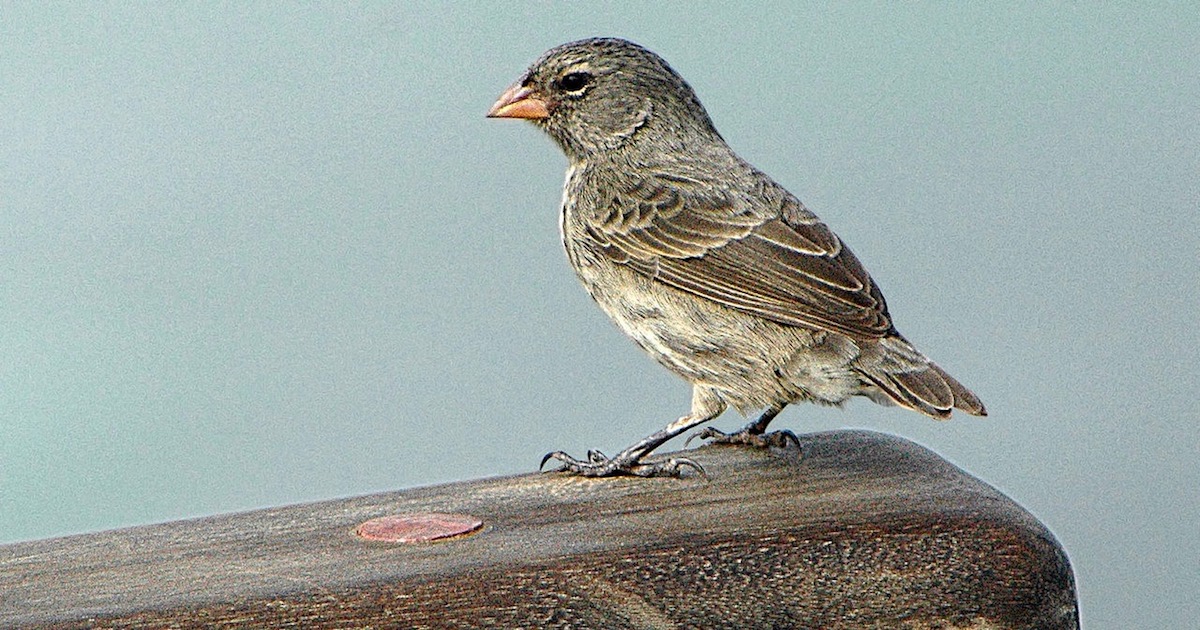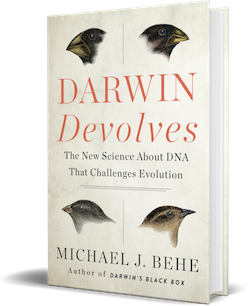 Evolution
Evolution
Behe on Darwin’s Finches — A Really, Really Long-Term Evolution Experiment


In his new book Darwin Devolves, Michael Behe writes extensively about Richard Lenski Long-Term Evolution Experiment with E. coli bacteria. At Evolution News, Professor Behe has been conducting an intensive debate with Professor Lenski about the implications of that study.

In a new ID the Future episode, host Andrew McDiarmid talks with Behe about another really, really long-term evolution experiment — that of Darwin’s finches on the famed Galápagos Islands. Download the podcast or listen to it here.
Of course finches don’t multiply and cycle through generations as rapidly as bacteria. Still, these birds have been isolated on the iconic islands for some 2 million years. In that time, they’ve generated new species and genera, but nothing novel in the six biological ranking categories (family, order, etc.) above that. This confirms Behe’s prediction as to unguided evolution’s limited creative capacity. It’s mere “nickels and dimes,” nothing more than that, as he explains in a helpful analogy to how we count money that he details on the episode.
The finches are famous for their varied beak sizes and shapes. Yet, as Behe also tells McDiarmid, “For 2 million years, random mutation and selection have been grinding away and all they managed to do was make a small change in a preexisting gene in making it less effective than it used to be.” This too confirms what Behe would expect.
Darwinian evolution, as he shows in Darwin Devolves, is skilled at breaking things and taking advantage of benefits accruing from that. But building new features is another matter entirely, and there the strictly material process meets a hard limit.
Photo credit: Geospiza fuliginosa, one of Darwin’s finches, by Cayambe [CC BY-SA 3.0], via Wikimedia Commons.
